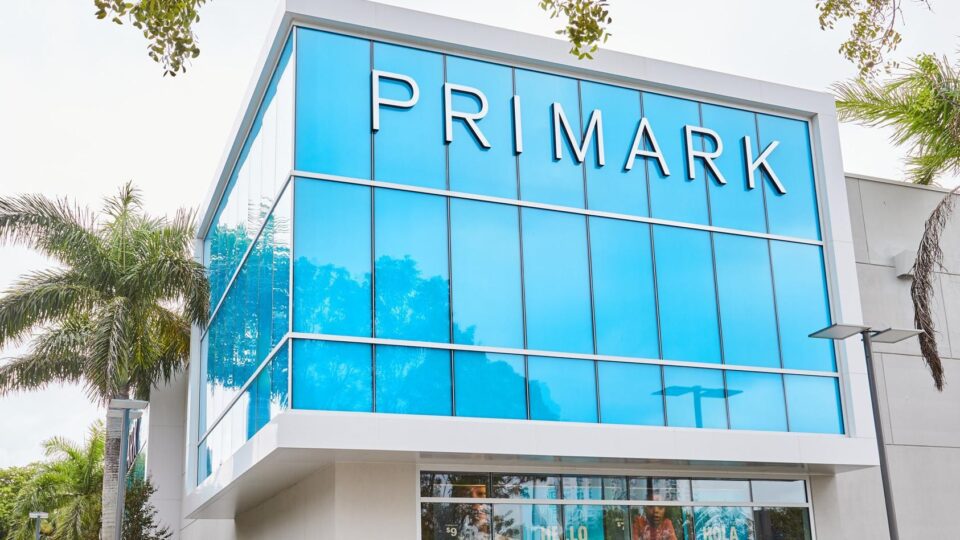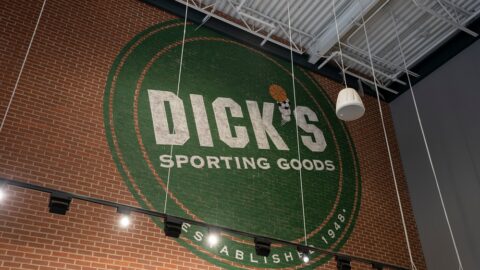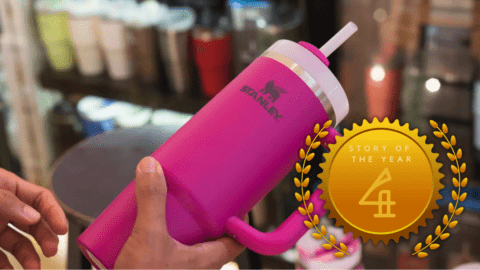In the nearly 10 years since Primark first landed on U.S. shores, the Dublin, Ireland-based retailer has been on a slow but steady growth path, with 33 stores in the country and more on the way. But Primark’s U.S. expansion represents more than just another international retailer crossing the Atlantic. The company’s commitment to maintaining its European operational model while adapting to American market nuances demonstrates a sophisticated understanding of global retail strategy.

In a recent episode of the Retail Remix podcast, Primark’s U.S. President Kevin Tulip shared insights into the brand’s strategy for cracking the complex American market. Tulip discussed how Primark maintains its famously low prices through a lean, centralized business model while also adapting to diverse regional climates and consumer tastes. He highlighted the brand’s unique approach, which blends value pricing with on-trend fashion, quality and an emphasis on the in-store experience — a strategy that has set it apart from other value fashion competitors.
Here’s an edited excerpt of that conversation, and you can listen to the whole episode here or anywhere you get your podcasts.
Retail Remix (RR): How has Primark’s U.S. expansion progressed since entering the market in 2015?
Kevin Tulip: Ten years has gone over quite quickly, I must say. We started with one store in 2015 in our home city here in Boston with our Downtown Crossing store. The first few years, we really spent quite a lot of time testing and trialing with an initial 10 stores in the Northeast, but since then we’ve really started to branch further out.
The decision for Primark to come to the U.S. was a lot bigger than it had been for other countries that we’ve gone into, being based in Europe. Moving into some of the other European markets in some ways was easier and simpler to do, whereas for the U.S. it took time in terms of the build-up for it. And then as I said, some of that testing and trialing in those first crucial years.
RR: How has Primark differentiated itself from established value fashion competitors in the U.S. market?
Tulip: If you stop anyone in Europe in the street and ask about Primark, they’ll tell you who we are, where we’re based, what we do, and probably talk about our prices. And quite often you’ll get a very proud moment of, you know, “I picked this up in Primark for 12 euros.” You’ll get that absolute pride that people will talk about in terms of getting a great deal.
When we started in the U.S. in 2015, we brought all of that. We set up immediately in Boston with our full range, and we’ve continued to double down on that — being very clearly driven from a price perspective; we want to be an absolutely outstanding value.
I think the difference, and where we’ve continued to offer something unique, is that it’s not just about the price. It’s actually really up-to-date fashion trends. And you’re also getting incredible quality. When you then bring those three things together is where you get the level of uniqueness.
So we might be a similar price point to some off-price retailers, but actually you’re not buying last season’s product here. You’re buying something that’s absolutely on-trend this season. I think from a quality perspective, what we’ve seen is in the U.S., as consumers have tried Primark we’re getting such a great repeat customer there from buying our clothes and wearing it and just having that great feeling of like, “This was $12, can you believe it? And actually it feels great, it looks great and it washes great.”
It’s really about pride in terms of what you’re buying. What we’ve believed for a long time is that there’s a feeling that you get when you’re in a store and you see something and you think, “I’d love to wear that. That would look great on me.” And then actually being able to pick that item up and realize that not only can you afford it, but actually you can afford the top or the bag as well.
RR: How does Primark balance regional customization with its centralized product strategy?
Tulip: The power of Primark really is that we are geared up as a global business to deliver that incredible price. The caveat of that is we’ve got to continuously come back and say, “If we want to be a price leader, we need to be a cost leader as well,” and we need to make sure that what we do is keeping the business lean.
To do that, we have one global product range, and we all feed in, we all have a seat at the table [in deciding what that looks like]. I must say, the U.S. business, as we continue to grow and open more stores, we have an even stronger voice in that room.
There then are the regional differences that we’ve continued to work on. My team here works exceptionally closely with our buyer, designer and merchandising teams in Dublin to really talk around what are the needs, what are the different climates and what is the product offer from city to city and state to state.
We actually give our store leadership teams quite a bit of autonomy on pulling products, rather than it just being pushed. So although it’s one global range, the store leadership team in a certain area can then tailor that global range to their customer base.
RR: How does Primark maintain its sustainability initiatives while keeping prices low?
Tulip: I’m with Primark 24 years now, and for at least the last 15 years there’s been some incredible [sustainability] work that’s been happening. Trying to make those investments now I can imagine would be incredibly sizable, but we’ve been doing a lot of work and building relationships and partnerships for a long time now. I remember having a very small, centralized team who were working on sustainability almost two decades ago now.
Obviously that team has continued to grow, but in reality it’s always been focused on the countries where we produce, working with local partners, being really clear around what we believe is the right thing to do and having the right people at the table to help deliver that.
So whether that’s around building up our durability framework, because having great quality clothing that lasts is incredibly important to us. Yes, it’s price and it’s fashion, but we also want that product to be loved and for you to wear it for as long as you want to wear it.
Additionally, I think it’s well over 65% of our product now is made of recycled or more sustainably sourced materials, that’s continued to increase year-on-year, and we’ve had some big leaps on that in the last couple of years particularly.
RR: What is Primark’s approach to connecting with U.S. consumers, given how large and fragmented this market can be?
Tulip: We’ve put a lot of time over many years into building up our social media following. In fact, for a business that doesn’t have a transactional website, we actually have an incredible following on our social media channels, and we use that to reach people.
We celebrate everything from new product launches to new store openings and everything in between. As we’ve grown across the U.S. we’ve built up a playbook around how, from the moment that we start recruitment in that area, we get out there as a brand and get some visibility.
More recently, we introduced our first U.S. brand campaign last year in New York, which was our “That’s So Primark” campaign. And that was really the first time in the U.S. that we’ve actually gone out and done a big brand campaign.
Outside of that, it’s been largely about brand-building through word of mouth, through our store openings and making sure that as we’re trying to reach customers and build brand awareness, we’re doing it in the Primark way, which is simple, lean, making sure that we’re meeting customers where they are.
There’s more in the full episode, and you can listen right here:















